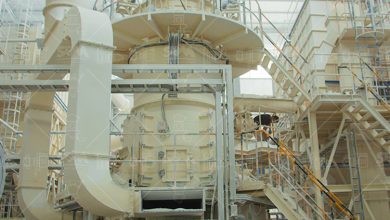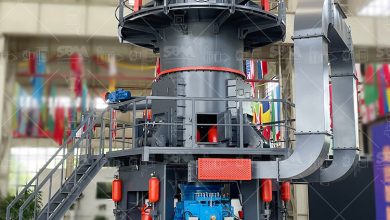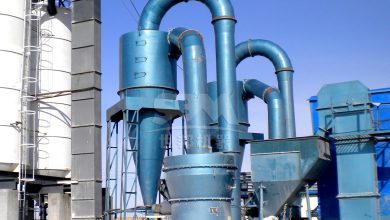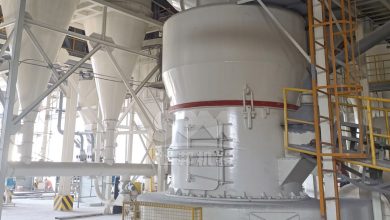Key Points for Controlling Particle Size Distribution in Powder Grinding
Introduction
Particle size distribution (PSD) is a critical parameter in powder grinding processes, directly impacting product quality, process efficiency, and downstream applications. This article explores the fundamental control strategies for achieving optimal PSD in industrial grinding operations, with technical insights from ZENITH’s 30+ years of experience in mineral processing equipment manufacturing.
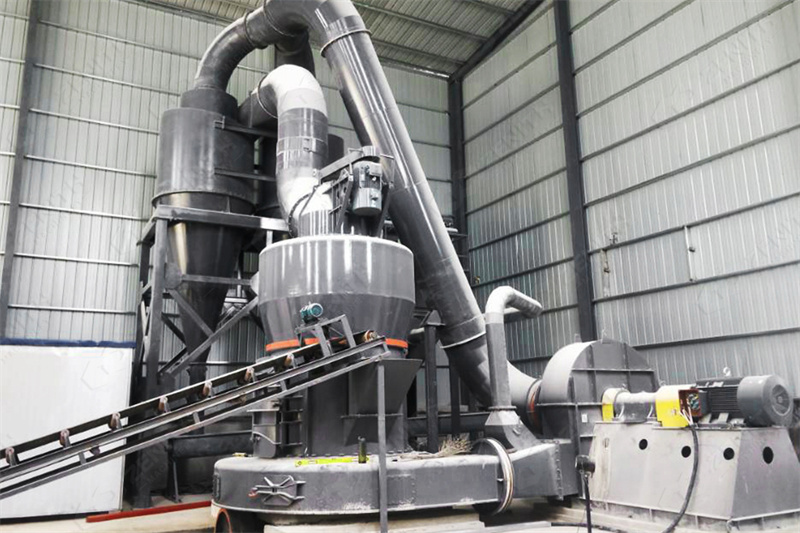
1. Material Characterization
Understanding raw material properties is the foundation for PSD control:
- Hardness & Abrasiveness: Mohs scale and Bond Work Index determine grinding energy requirements
- Moisture Content: Affects flow characteristics and agglomeration tendency
- Feed Size Distribution: Pre-crushing optimization reduces grinding circuit load
2. Equipment Selection
Different grinding mechanisms produce distinct PSD profiles:
| Grinding Type | Typical PSD Range | Efficiency Factor |
|---|---|---|
| Impact Crushers | 100-5000μm | High throughput, broad distribution |
| Ball Mills | 10-300μm | Narrow distribution, high energy |
| Ultrafine Mills | 1-45μm | Precise control, steep distribution |
For ultra-fine grinding applications, ZENITH’s XZM Ultrafine Mill achieves remarkable 5-45μm ranges with its patented vertical turbine classifier system. The mill’s intelligent control automatically adjusts grinding pressure based on real-time particle size feedback, maintaining consistent D97 values within ±2% deviation.
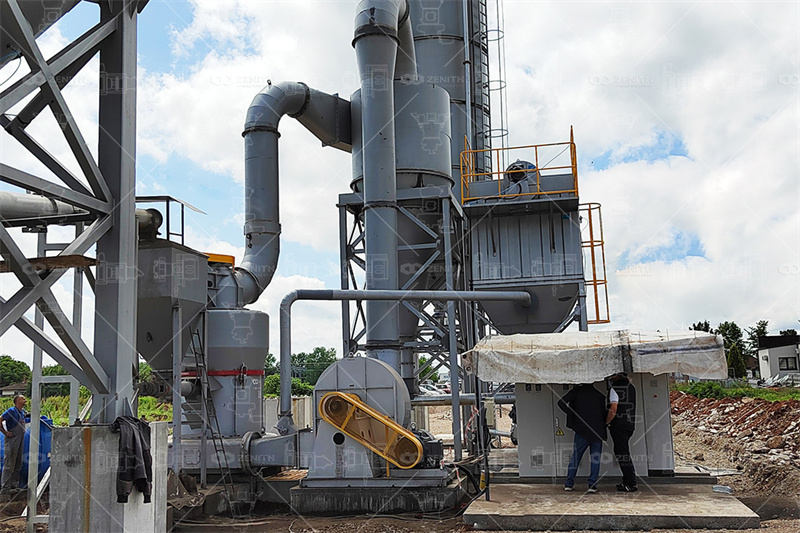
3. Process Parameter Optimization
Key adjustable parameters for PSD control:
- Grinding Media: Size distribution and material composition (e.g., alumina vs. zirconia beads)
- Residence Time: Controlled through feed rate and classifier speed
- Airflow Velocity: Critical for pneumatic classification efficiency
- Grinding Pressure: Hydraulic systems vs. spring tension adjustments
4. Classification Technology
Modern classification systems enable precise PSD control:
- Dynamic Classifiers: Adjustable rotor speeds for real-time cut point changes
- Multi-stage Separation: Cascade systems for steep distribution curves
- Airflow Optimization: Computational Fluid Dynamics (CFD) designed vortex chambers
ZENITH’s MTW Series Trapezium Mill incorporates an advanced curved air channel design that reduces turbulence by 40% compared to conventional straight-path classifiers. The integrated frequency-controlled classifier motor allows operators to adjust fineness from 30-325 mesh without stopping production.
5. Process Monitoring & Control
Advanced instrumentation for PSD management:
| Technology | Measurement Principle | Accuracy |
|---|---|---|
| Laser Diffraction | Mie scattering theory | ±0.5% D50 |
| Online Image Analysis | Morphological recognition | ±2% shape factor |
| Acoustic Emission | Grinding noise frequency | ±5% loading |
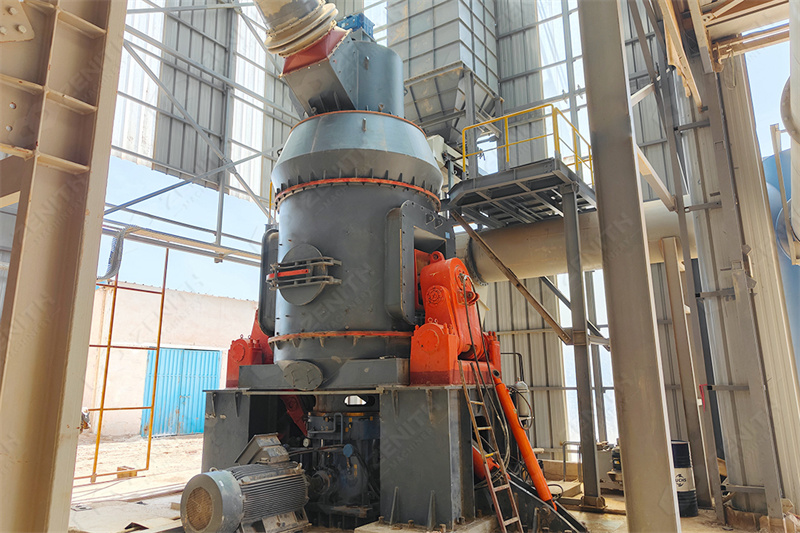
Conclusion
Effective PSD control requires integrated solutions combining proper equipment selection, process optimization, and intelligent monitoring. ZENITH’s grinding systems incorporate these principles through:
- Patented classification technologies for sharp cut points
- Energy-efficient grinding mechanisms
- Industry 4.0 ready control architectures
With over 170 countries served and participation in national standard development, ZENITH delivers reliable PSD control solutions for demanding industrial applications.


